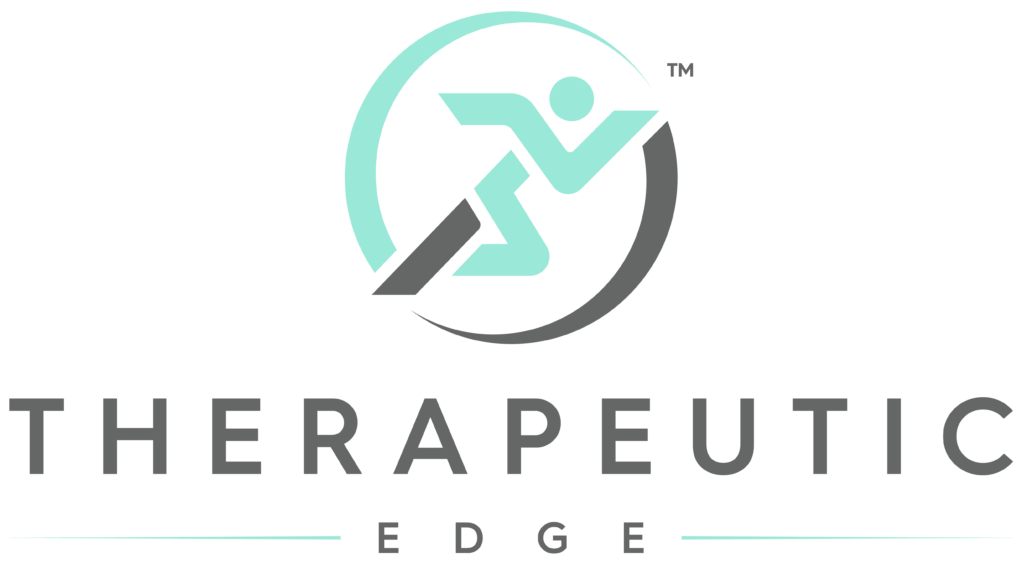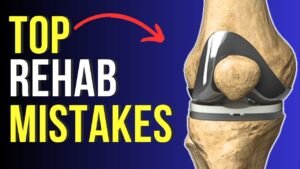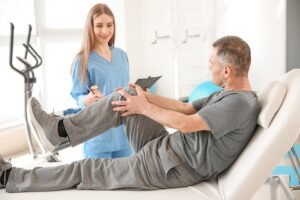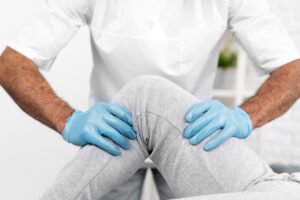Platelet-Rich Plasma (PRP) therapy is a hot topic in pain management and rehabilitation. While the research is still evolving, PRP shows promise for addressing issues related to muscles, tendons, and joint pain. But what exactly is PRP, and how can it help with conditions like arthritis or tendon injuries? Let’s break it down.
What is PRP Therapy?
PRP is created by taking a small sample of your blood and processing it to isolate and concentrate platelets. These platelets contain growth factors and proteins essential for tissue healing and reducing inflammation. The resulting concentrated plasma has 5–10 times more platelets than normal blood.
Once prepared, the PRP is injected directly into the affected area—be it a tendon, joint, or muscle. The idea is that the high concentration of growth factors and healing proteins can help repair tissue damage, reduce inflammation, and provide pain relief.
How PRP Works for Joint Pain
PRP therapy has been explored as a treatment for several conditions, including:
1. Tendon Damage:
PRP has shown positive results for conditions like tennis elbow, plantar fasciitis, and Achilles tendinosis. For those dealing with chronic tendon pain, PRP may help by promoting tissue healing and reducing inflammation.
2. Osteoarthritis of the Knee:
PRP is gaining traction as a treatment for mild to moderate osteoarthritis. It can reduce inflammation, improve joint lubrication by enhancing the quality of synovial fluid, and potentially slow the progression of joint degeneration. Some studies even suggest combining PRP with hyaluronic acid injections may enhance the benefits.
3. Soft Tissue Injuries:
Emerging evidence supports PRP’s use for ligament sprains and muscle tears, making it a versatile option for athletes and active individuals.
Benefits of PRP Therapy
-
Natural Healing Boost: PRP uses your body’s own healing mechanisms, reducing reliance on medications.
-
Minimally Invasive: It’s a simple injection procedure, often completed in a doctor’s office.
-
Potential for Reduced Inflammation: By targeting inflammation, PRP may provide lasting relief for certain conditions.
Limitations and Risks
-
Cost: PRP therapy can cost up to $1,000 per injection, and most insurance plans don’t cover it.
-
Inconsistent Results: While some patients experience significant relief, others see little to no improvement. The effectiveness often depends on factors like the condition being treated, the severity of the issue, and individual healing responses.
-
Lack of Standardization: Not all PRP preparations are the same. Differences in how PRP is processed can affect its concentration and efficacy.
-
Temporary Avoidance of NSAIDs: Patients are typically advised to avoid anti-inflammatory medications before and after PRP treatment, as they can interfere with platelet function.
Who Might Benefit Most?
PRP is often recommended for:
-
Patients with mild to moderate osteoarthritis who haven’t found relief from other treatments like physical therapy, weight management, or pain relievers.
-
Individuals with chronic tendon injuries or soft tissue damage who haven’t responded to conservative care.
-
Active individuals seeking to return to sports or demanding physical activities without surgery.
Setting Realistic Expectations
While PRP therapy has potential, it’s not a cure-all. Results vary, and PRP is typically most effective when combined with other treatments like physical therapy, weight loss, or hyaluronic acid injections. For patients with advanced joint degeneration or severe arthritis, other interventions, including surgery, may ultimately be necessary.
Is PRP Right for You?
If you’re considering PRP therapy, consult with your healthcare provider. A physical therapist can also guide you on how to integrate PRP into a broader treatment plan, maximizing its benefits while addressing underlying issues like joint mechanics and muscle strength.
Therapeutic Edge
PRP therapy is a hopeful and evolving option for managing joint and tendon pain. While the research is still catching up, it’s worth exploring for the right candidates. Remember to weigh the costs, consider your overall treatment plan, and consult trusted healthcare professionals before making a decision.
By combining PRP therapy with proven strategies like exercise and lifestyle changes, you can take meaningful steps toward reducing pain and regaining mobility.









